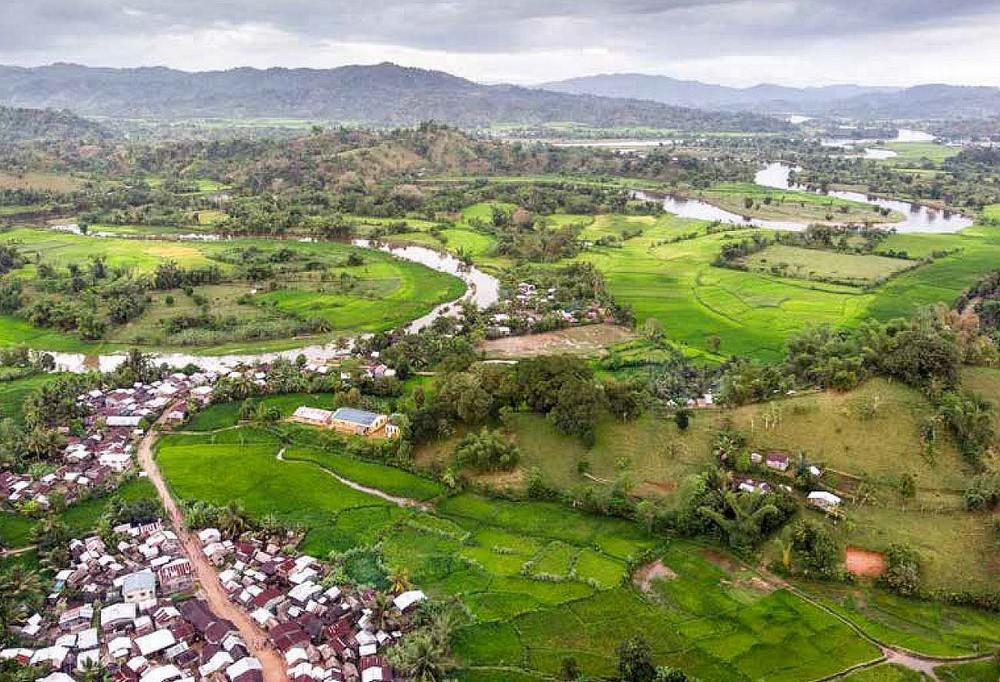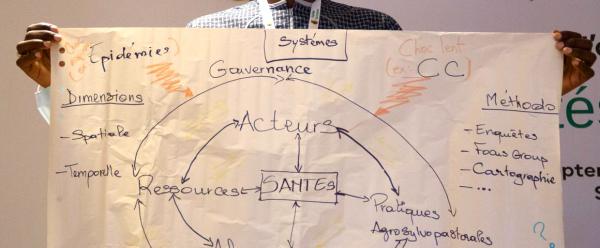Just out 7 January 2026
- Home
- CIRAD news
- News
- Diseases transmitted by wildlife
Diseases transmitted by wildlife: what are the priorities in terms of policy and investment?

Some 75% of current emerging infectious diseases were transmitted to humans by animals, particularly wildlife. SARSCov2 is the perfect example, along with Ebola virus and Lassa virus.
Research has shown that epidemics of diseases of animal origin are increasingly common, primarily due to environmental degradation and to the intensification of domestic and wild animal production and trade. Moreover, human population growth, urbanization and increased economic activity are increasing the interactions between humans, wildlife and domestic animals.
As part of an in-depth study funded by the European Union, policymakers and scientists looked at and analysed information obtained through research into the causes of zoonoses and their spread. This white paper and the associated policy brief are the fruits of that study.
They set out the reasons why diseases spread from wildlife to humans, and shed light on the steps to be taken, particularly at the interfaces between humans, wildlife and livestock, by means of a triptych: PREVENT - DETECT - RESPOND.
Action in these three fields calls for political support and investment.
PREVENT
The main actions required to reduce the risks of wildlife being exposed to pathogens:
- Maintaining ecosystem integrity
- Reducing urban consumers' demand for wildlife as food
- Reinforcing controls of wildlife trade
- Promoting food safety and hygiene standards
- Building sustainable, safe local food systems.
DETECT
To detect and flag up future zoonosis clusters, the following are recommended:
- Stepping up risk assessment and mapping to target surveillance strategies more efficiently
- Developing effective, ongoing surveillance systems to detect emergence and respond rapidly, involving the whole range of stakeholders, including local communities and the private sector.
RESPOND
The response should take the form of an effective "One Health"-type approach. Such approaches ac knowledge that human and animal health are intertwined and linked to the health of the ecosystems in which they coexist. The main operations to be undertaken are as follows:
- On a national level, building cross-sectoral consultation and planning frameworks involving all the stakeholders concerned: health, livestock production, wildlife, forestry, environment, land use planning, etc
- Supporting collaboration, coordination, planning and joint responses on the part of the different players
- Reinforcing legal frameworks, particularly relating to animal health, wildlife management and food safety
- Promoting the formalization of land tenure systems, to improve community land and natural resource management, and inclusive land use planning policies
- Reinforcing political commitment to fighting zoonoses.
The white paper also stresses the need to take account of and involve local people, including indigenous groups, who depend on wildlife for their food, income and cultural identity. The aim is to build a global approach based on the risks.
The white paper and policy brief were produced within the framework of the Sustainable Wildlife Management programme, with contributions from CIRAD and from the European Union, the Organisation of African, Caribbean and Pacific States (OACPS), the Food and Agriculture Organization of the United Nations (FAO), the Center for International Forestry Research (CIFOR) and the Wildlife Conservation Society (WCS).
Sustainable Wildlife Management
The Sustainable Wildlife Management (SWM) programme is an international initiative that aims to improve the conservation and sustainable use of wildlife within forest, savannah and wetland ecosystems. Field projects are being implemented in 13 African, Caribbean and Pacific countries. The aim is to:
- improve how wildlife hunting is regulated,
- increase the supply of sustainably produced meat products and farmed fish,
- strengthen the management capacities of indigenous and rural communities,
- and reduce demand for wild meat, particularly in towns and cities.
Find out more: www.swm-programme.info
Partners: European Union (DEVCO), Organisation of African, Caribbean and Pacific States (OACPS), FAO, CIRAD, CIFOR, WCS.



























